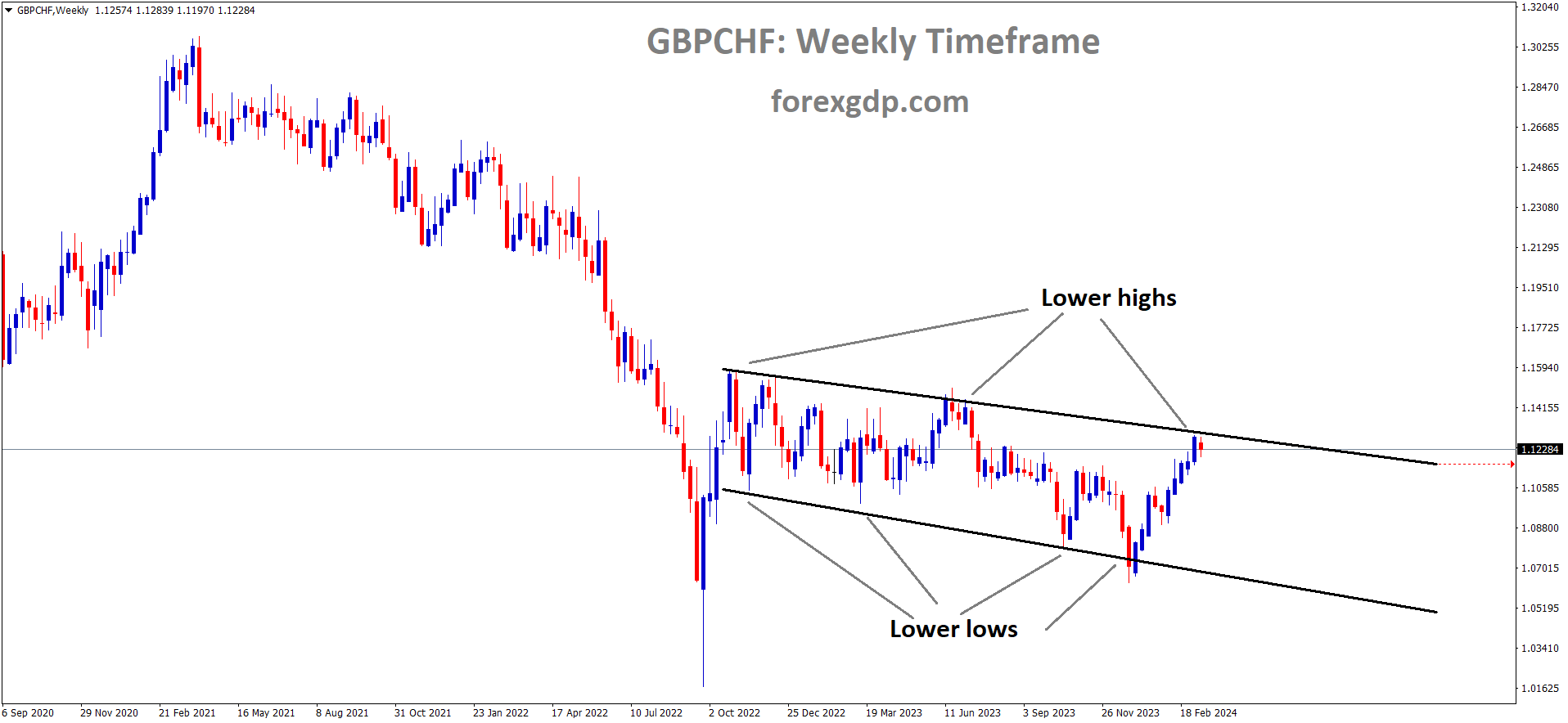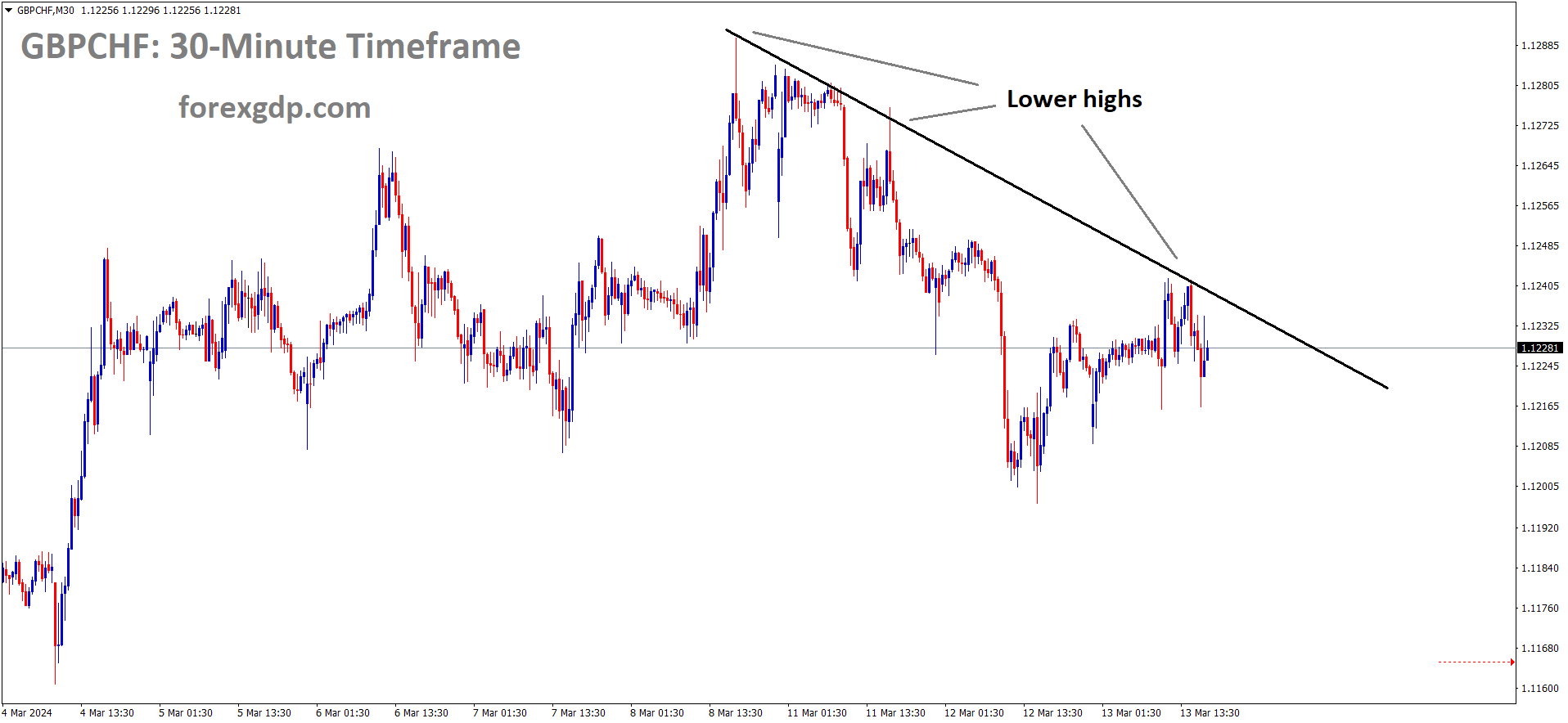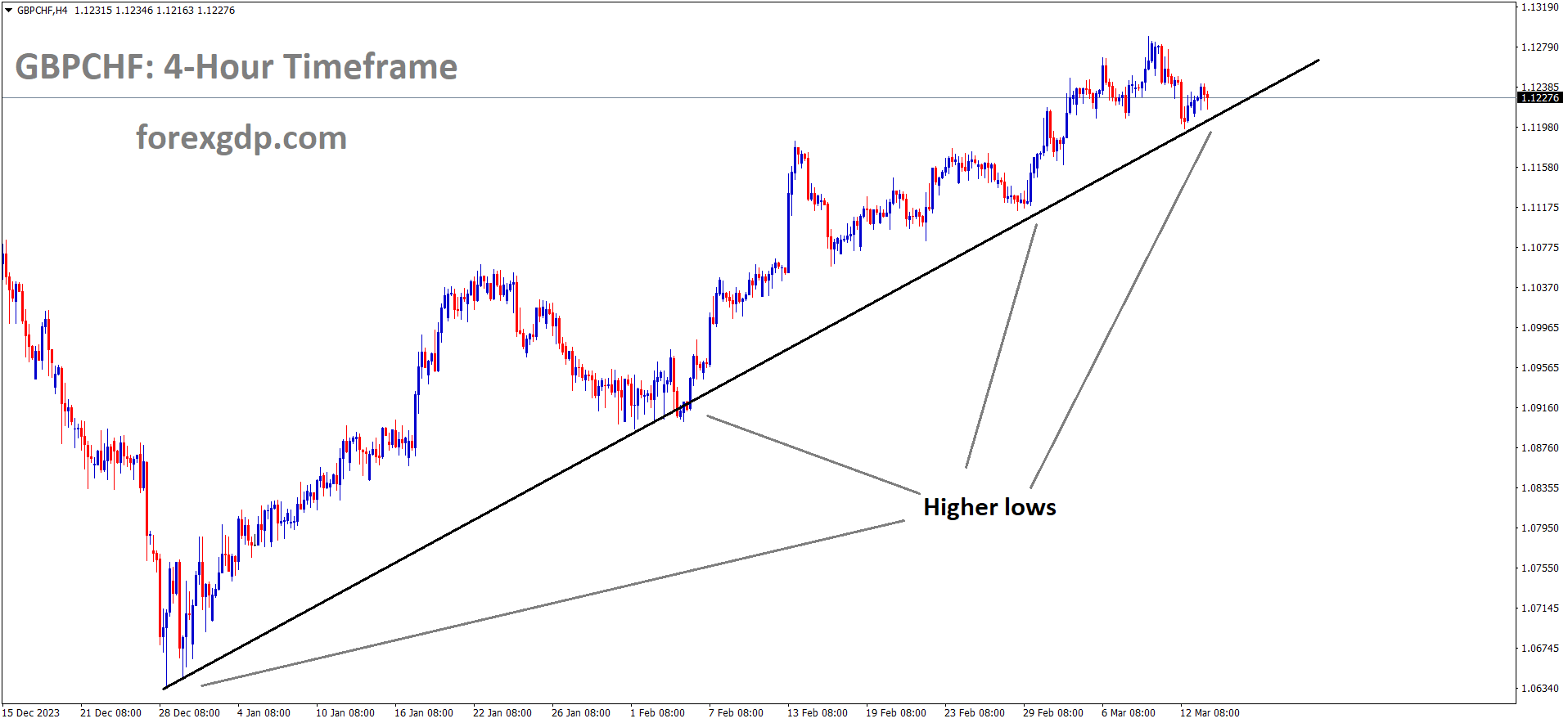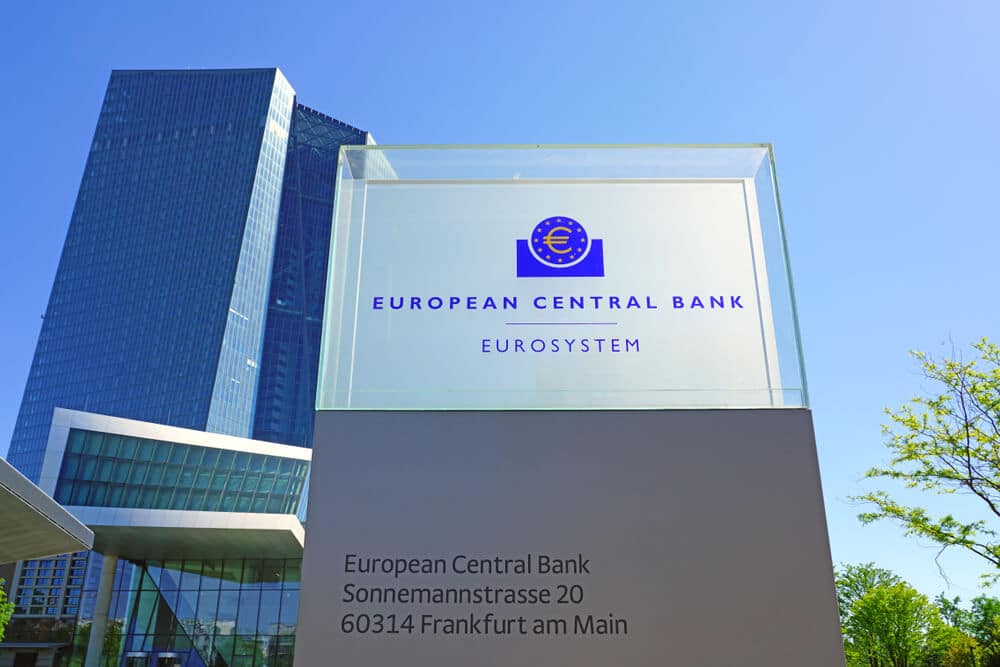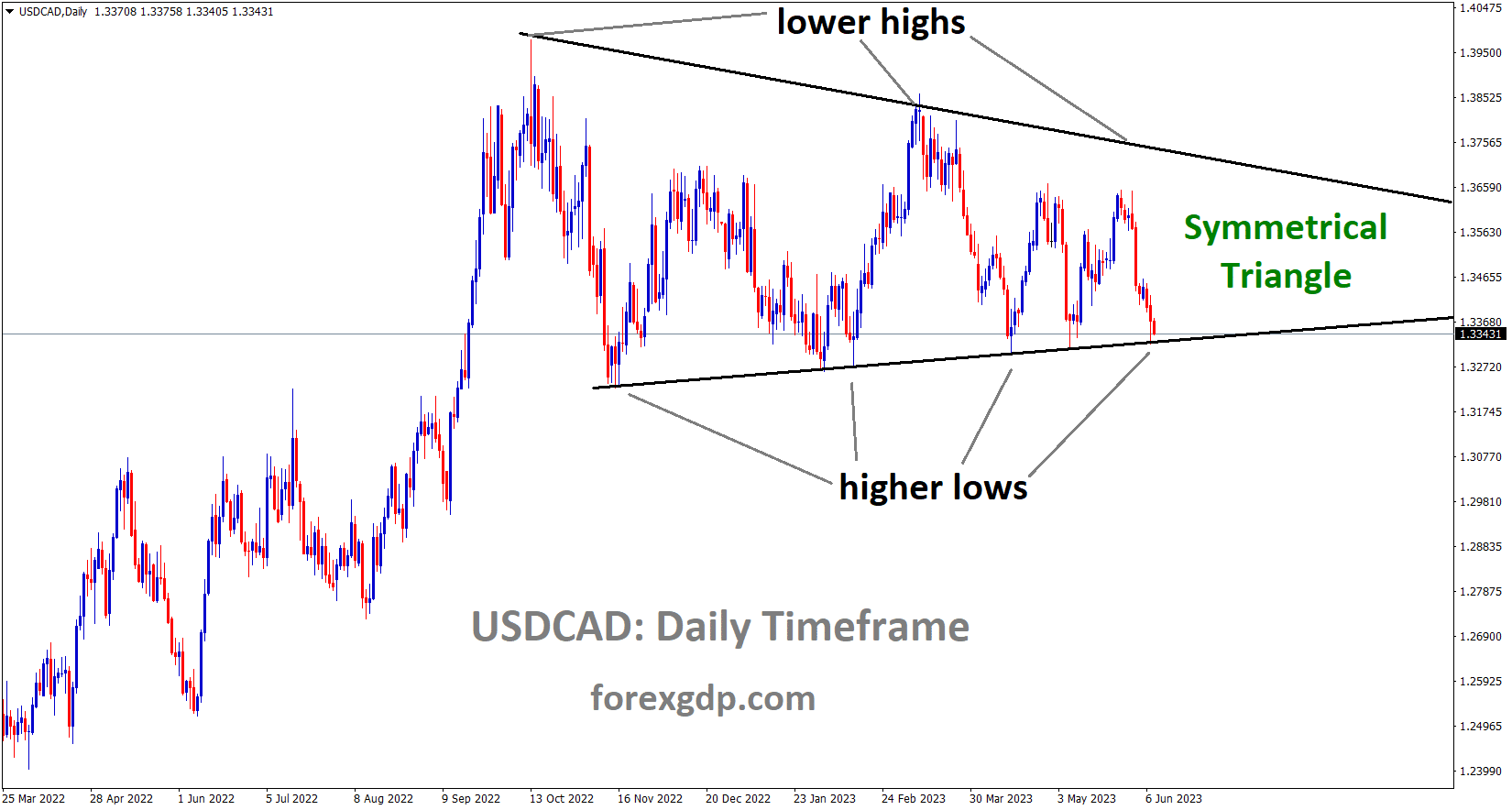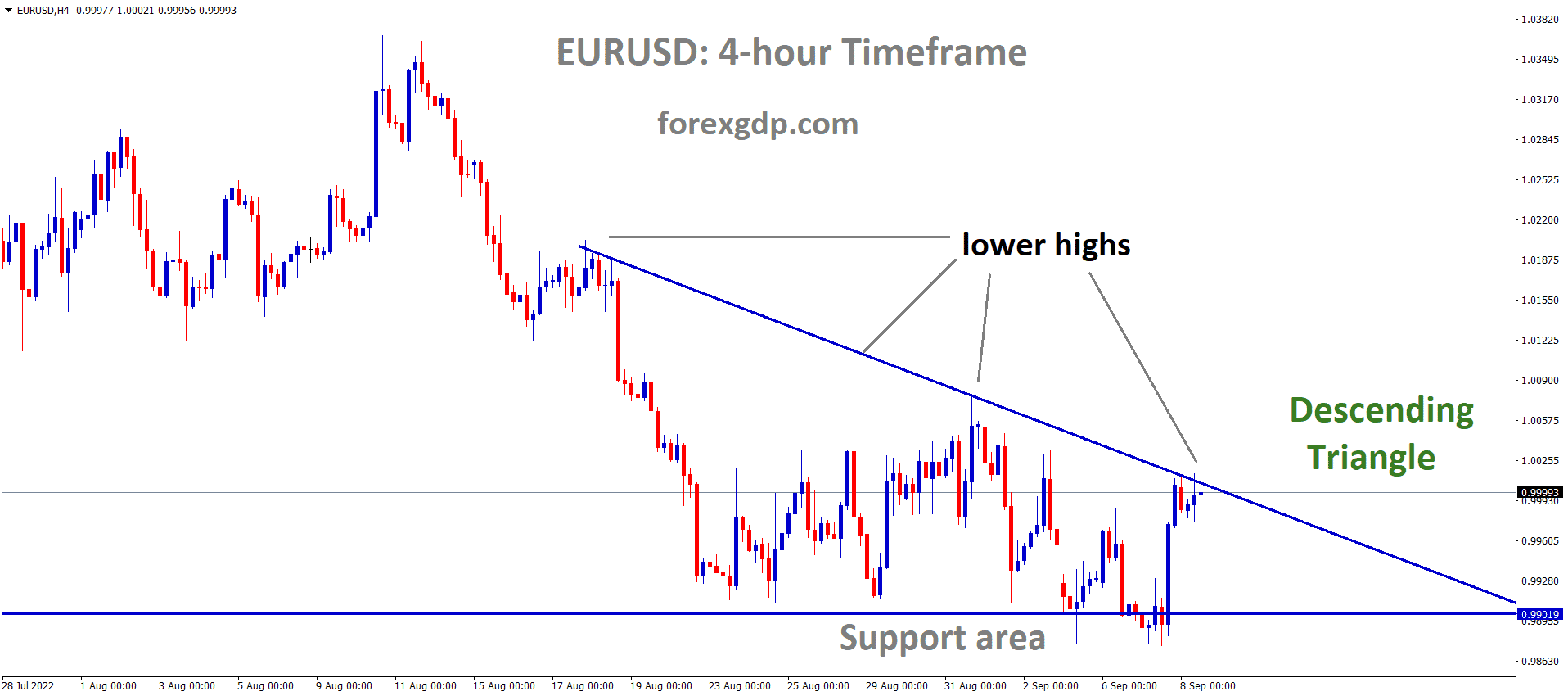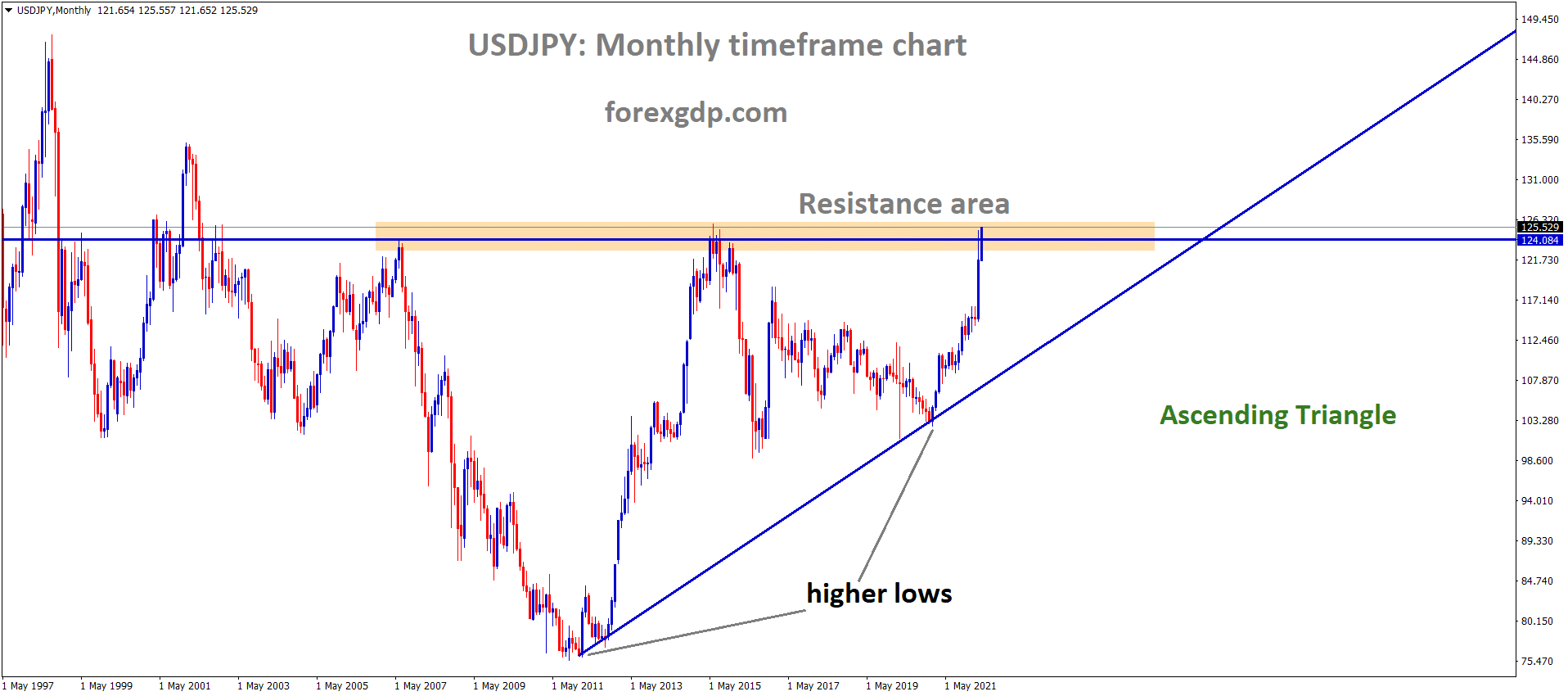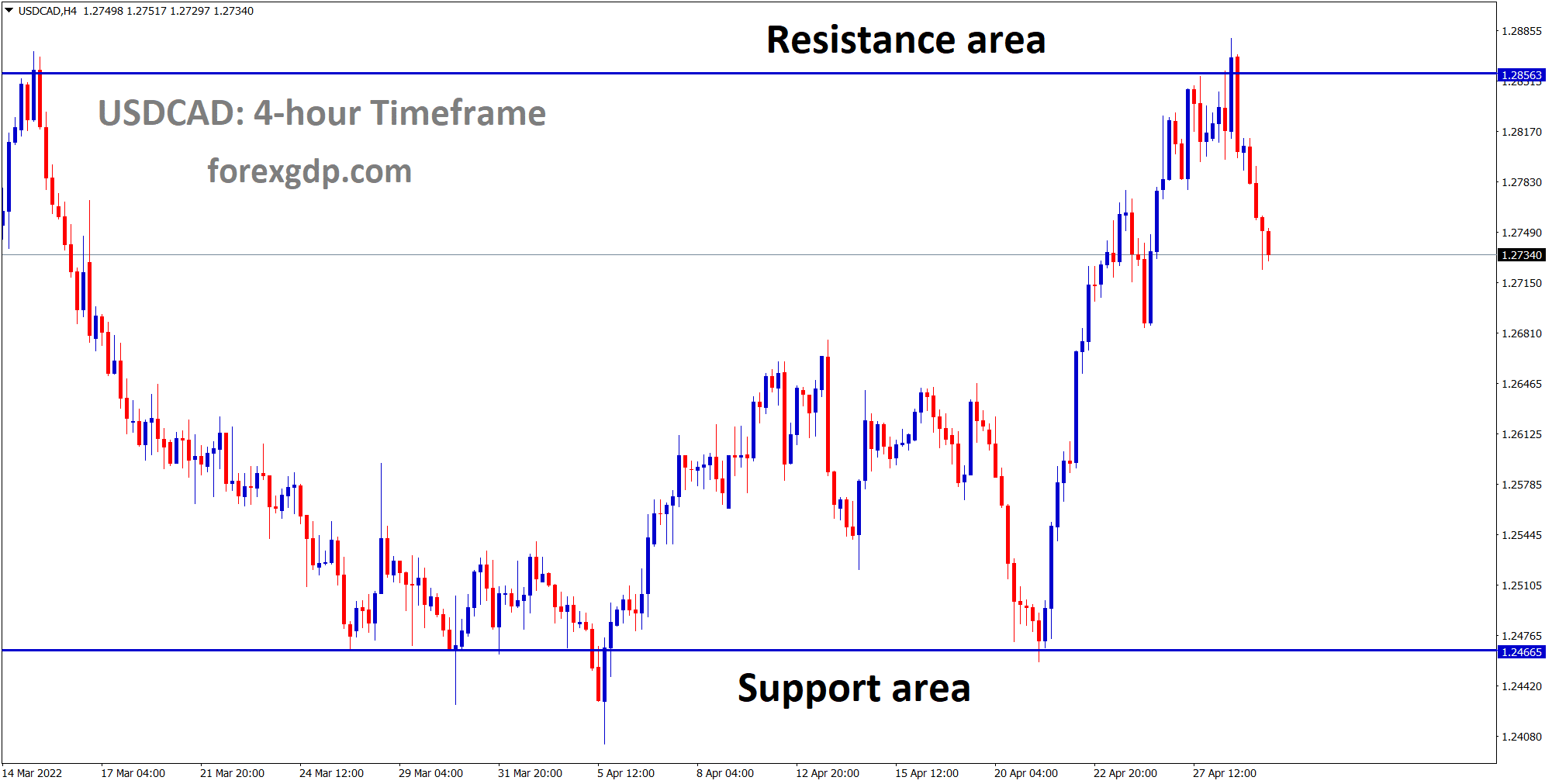Swiss Franc: Swiss Franc Vulnerable as SNB Drops Strong-Franc Policy
The SNB have the chances to rate cut in March month meeting. In February month Inflation rate slow down to 1.2% it is with in range of 0-2% target. SNB is continuously selling Swiss Franc and acquiring Foreign currencies to depreciate the value of Swiss Franc in the Domestic economy.
Exports mostly hurt due to increase in Domestic currency, Imports more benefitted in the current situation.
Swiss Franc (CHF) Trades Lower Amid SNB Policy Shift
The Swiss Franc (CHF) is trading in the upper 0.8700s against the US Dollar (USD) today, reflecting a cautious outlook due to the Swiss National Bank (SNB) altering its policy stance. The SNB, aiming to discourage a strong Franc, is abandoning its previous approach of bolstering the currency, according to SNB Chairman Thomas Jordan. This shift comes as Swiss businesses, especially exporters, find the strong Franc detrimental.
The SNB’s move is evident in the Switzerland Foreign Exchange Reserves (CHFER), which indicate a recovery in non-CHF reserves since autumn 2023, possibly signaling SNB’s efforts to sell the Swiss Franc and acquire other currencies to mitigate its strength.
GBPCHF is moving in Descending channel and market has reached lower high area of the channel
Analysts at HSBC predict a weakening of the Swiss Franc against the US Dollar in the near term, as FX strength is no longer a policy goal for the SNB, and global equity markets are on the rise.
Looking ahead, the release of Swiss Producer and Import Prices for February may influence the Swiss Franc, although historically, their impact on the exchange rate is limited. Conversely, unexpected fluctuations in the metric could support or weaken the Swiss Franc.
US economic data, including Producer Prices Ex Food & Energy for February and Retail Sales figures, will also likely affect the US Dollar and USD/CHF pairs upon release, potentially causing volatility in the market.
CHF: 2024: Global Central Banks Expected to Pivot Towards Rate Cuts
The SNB have the chances to rate cut in March month meeting. In February month Inflation rate slow down to 1.2% it is with in range of 0-2% target. SNB is continuously selling Swiss Franc and acquiring Foreign currencies to depreciate the value of Swiss Franc in the Domestic economy.
Exports mostly hurt due to increase in Domestic currency, Imports more benefitted in the current situation.
Amid Easing Inflation, Eyes Turn to Global Rate Cut Expectations
In a landscape where inflation is gradually loosening its grip on economies, investors are closely monitoring interest rate decisions, with expectations of multiple rate cuts throughout 2024.
A recent Economist Intelligence Unit (EIU) report indicates that while interest rates are forecasted to remain relatively high across many economies in 2024, economists anticipate a gradual reduction later in the year.
This shift follows significant policy rate increases by most central banks since early 2022 to combat inflationary pressures. Notably, China and Japan are exceptions to this trend. While China has begun to modestly ease its rates, Japan’s central bank is expected to move away from its negative interest rate policy by the second quarter of the year.
GBPCHF is moving in down trend line and market has fallen from the lower high area of the pattern
In Switzerland, February’s inflation uptick of 1.2% from a year ago, the lowest in nearly two and a half years, raises hopes for a rate cut by the Swiss National Bank in its March 21 meeting.
Similarly, Canada, despite maintaining its rates in March, may consider a cut later in the year as inflation slowed to 2.9% in January, within the Bank of Canada’s target range.
Federal Reserve Chair Jerome Powell suggests that the Fed may commence rate cuts in 2024 if inflation cooperates, with markets expecting a 25-basis-point rate cut in June.
Australia’s Reserve Bank may start cutting rates in August as inflation eases and unemployment rises, while the European Central Bank signaled no rate cuts before June despite acknowledging faster-than-expected easing of inflation.
Meanwhile, New Zealand, Indonesia, and South Korea are holding steady on rates for now, with varying outlooks.
Despite expectations for rate cuts in several economies, Asian central banks are unlikely to move ahead of the Fed due to the relatively weaker position of Asian currencies against the strong U.S. dollar. However, further depreciation could pose higher inflation risks in these countries, according to Morgan Stanley analysts.
CHF: Sarasin’s Junius Urges SNB to Cut Rates Independently
The SNB have the chances to rate cut in March month meeting. In February month Inflation rate slow down to 1.2% it is with in range of 0-2% target. SNB is continuously selling Swiss Franc and acquiring Foreign currencies to depreciate the value of Swiss Franc in the Domestic economy.
Exports mostly hurt due to increase in Domestic currency, Imports more benefitted in the current situation.
According to Karsten Junius, Chief Economist at Bank J Safra Sarasin Ltd, the Swiss National Bank (SNB) should not delay in cutting interest rates and should proceed with such a move without waiting for other global central banks to act. Junius asserts that waiting for global peers to cut rates may not be in Switzerland’s best interest, and he suggests that the SNB take action in its upcoming meeting next week.
In a commentary published on Neue Zuercher Zeitung’s The Market website, Junius highlights concerns about Switzerland’s economy, noting that it is growing below its potential and that price pressures are subsiding. He argues that an early interest rate cut and subsequent weakening of the Swiss franc would provide the best insurance against Switzerland slipping back into an environment of negative inflation rates and interest rates. Junius believes that the risk of a policy mistake and a subsequent reversal is low in this scenario.
GBPCHF is moving in uptrend line and market has reached higher low area of the pattern
If the SNB were to implement a rate cut in its decision on March 21, it would become the first central bank in Western Europe to lower borrowing costs in the current cycle. Despite Switzerland’s trade dependence on the surrounding euro zone, Junius points out that Swiss officials, led by President Thomas Jordan, have previously demonstrated a willingness to act independently from their larger neighbor. He references a surprise 50 basis-point hike by the SNB in June 2022, which preceded a similar move by the European Central Bank.
Junius argues that with inflation under control, Switzerland should once again take the lead in its monetary policy actions. He suggests that the SNB can now declare victory as the first major central bank to do so and should act accordingly.
Recent discussions have highlighted the relationship between central bank policies. ECB President Christine Lagarde emphasized the independence of her institution when questioned about the alignment of investor expectations regarding rate cuts in both the euro zone and the US. Junius acknowledges the prevailing view that the SNB might be safer waiting until June, when the ECB and the Fed are also expected to cut their key interest rates. However, he argues that this approach may no longer be suitable for Switzerland, as the risk of inflation is no longer skewed predominantly to the upside in the country.
Don’t trade all the time, trade forex only at the confirmed trade setups.
Get more confirmed trade setups here: forexgdp.com/buy/


